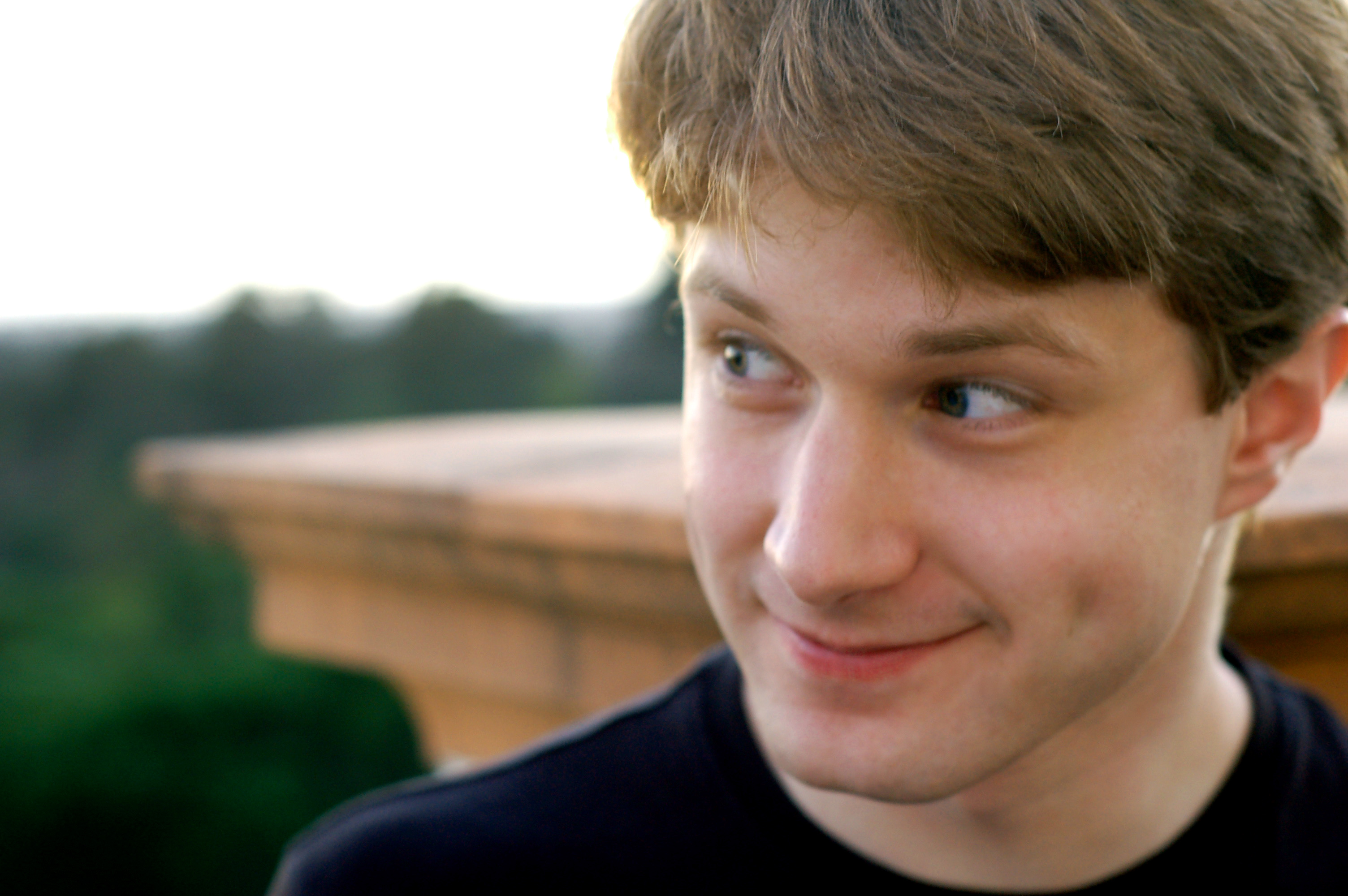Dimple


|
WikiDoc Resources for Dimple |
|
Articles |
|---|
|
Media |
|
Evidence Based Medicine |
|
Clinical Trials |
|
Ongoing Trials on Dimple at Clinical Trials.gov Clinical Trials on Dimple at Google
|
|
Guidelines / Policies / Govt |
|
US National Guidelines Clearinghouse on Dimple
|
|
Books |
|
News |
|
Commentary |
|
Definitions |
|
Patient Resources / Community |
|
Directions to Hospitals Treating Dimple Risk calculators and risk factors for Dimple
|
|
Healthcare Provider Resources |
|
Continuing Medical Education (CME) |
|
International |
|
|
|
Business |
|
Experimental / Informatics |
Editor-In-Chief: C. Michael Gibson, M.S., M.D. [1]
Dimples are visible indentations of the skin, caused by underlying flesh, which form on some people's cheeks when they smile. Dimples are genetically inherited and are a dominant trait.[1] Dimples on each cheek are a relatively common occurrence for people with dimples. A rarer form is the single dimple, which occurs on one side of the face only. Anatomically, dimples may be caused by variations in the structure of the facial muscle known as zygomaticus major. Specifically, the presence of a double or bifid zygomaticus major muscle may explain the formation of cheek dimples.[2] This bifid variation of the muscle originates as a single structure from the zygomatic bone. As it travels anteriorly, it then divides with a superior bundle that inserts in the typical position above the corner of the mouth. An inferior bundle inserts below the corner of the mouth.
Dimples are considered attractive in some cultures. Babies commonly have dimples, but sometimes these disappear (or become less noticeable) as the muscles lengthen with age; consequently, dimples are often associated with youth.
See also
References
External links
ar:غمازة
de:Grübchen
pag:Abot-na-aping
scn:Fussetta
sv:Skrattgropar